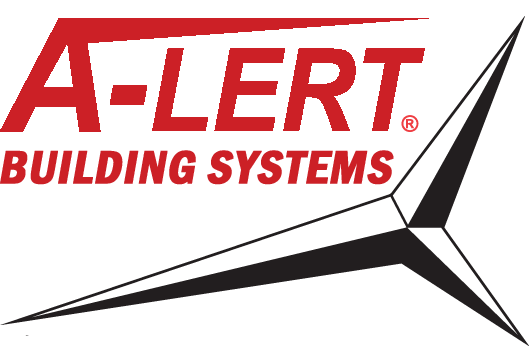The self-storage industry has experienced tremendous growth over the years, with more people recognizing the convenience and benefits of renting storage units. If you’re considering investing in a self-storage facility, one of the critical decisions you’ll face is choosing the right location. The location of your facility plays a pivotal role in its success, as it determines the accessibility, visibility, and demand from potential customers. In this blog post, we will explore essential factors to consider when selecting the perfect location for your self-storage facility.
Demographics and Target Market
Understanding the demographics and target market of the area is crucial when choosing a location. Evaluate the population density, income levels, and housing types in the surrounding neighborhoods. Look for areas with a high percentage of renters, homeowners in transition, or businesses in need of storage solutions. Researching local market trends and demand can help you identify potential customers and gauge the need for storage facilities in the area.
Accessibility and Visibility
Convenience is key for customers when it comes to self-storage. Select a location that is easily accessible from major roads, highways, or public transportation. Visibility is equally important, as potential customers are more likely to notice your facility if it is located in a high-traffic area. A visible location with clear signage will enhance brand awareness and attract more customers.
Competition and Market Saturation
Evaluate the level of competition in the area you’re considering. While some competition can indicate a healthy demand for storage facilities, too much saturation can make it challenging to establish your business. Look for areas with a moderate level of competition or identify underserved neighborhoods that would benefit from a new facility. Consider the unique features or services you can offer to stand out from competitors in the market.
Zoning and Regulations
Before finalizing a location, research local zoning regulations and ordinances that may affect your self-storage facility. Ensure that the chosen area allows for the establishment of such businesses and that you comply with any specific requirements, such as building codes or size restrictions. Consulting with local authorities or a real estate attorney can help you navigate through the zoning process smoothly.
Security and Safety
Customers trust self-storage facilities to keep their belongings safe and secure. Look for locations in safe neighborhoods with low crime rates. Additionally, consider the security measures you can implement in your facility, such as surveillance cameras, gated access, and well-lit premises. Prioritizing security not only provides peace of mind to your customers but also helps establish a reputation for reliability and trustworthiness.
Growth Potential and Longevity
Consider the long-term potential for growth in the chosen location. Research planned developments, residential or commercial expansions, and infrastructure improvements in the area. Choosing a location with promising growth prospects can ensure a steady stream of customers in the future and increase the value of your investment.
Conclusion
Selecting the right location for a self-storage facility requires careful consideration of various factors, including demographics, accessibility, competition, zoning regulations, security, and growth potential. By conducting thorough research and analysis, you can identify the ideal location that aligns with your business goals and maximizes your chances of success. Remember, the right location will not only attract customers but also contribute to the overall profitability and sustainability of your self-storage facility.

